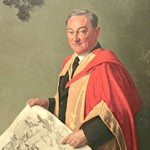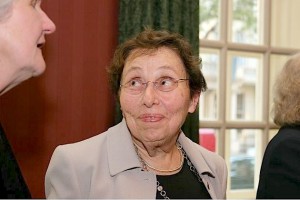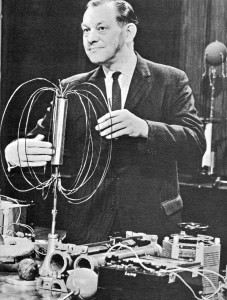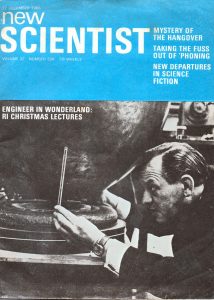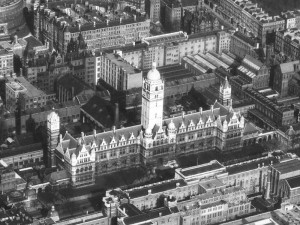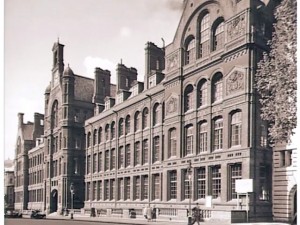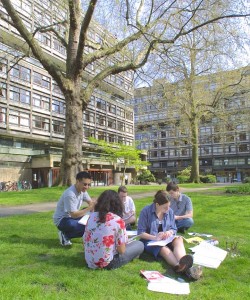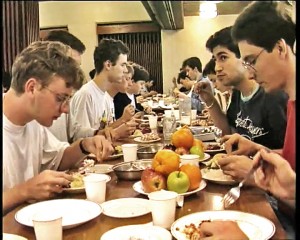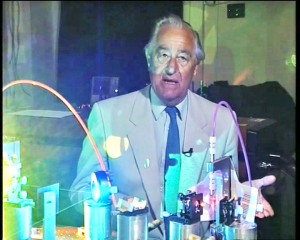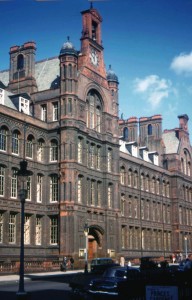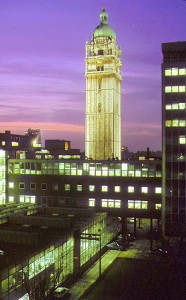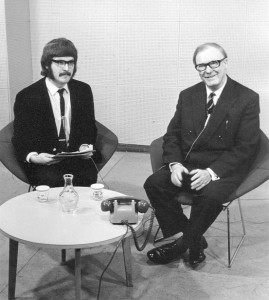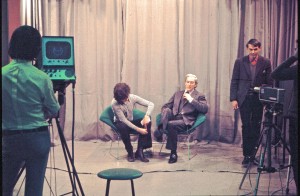It was only recently that I was made aware of the fact that both Mechanical Engineering and Civil Engineering were created as separate departments 100 years ago. In 1907 the City and Guilds College had a department that combined both civil and mechanical engineering. W. E. (Ernest) Dalby was then Dean of the C&G College and Professor of Engineering. Following recommendations (made by the Wolfe Barry Committee), in 1913 Dalby’s department was split in two, when separate civil and mechanical engineering departments were created. Stephen Dixon was appointed to head the civil engineering department and W.E. Dalby remained Dean of the C&G and also head of mechanical engineering.
So that’s clearly a very good reason to see what we have in the video archives that shows, or relates to, both of these departments. Seen many times before we have the amazing 1960 colour film of the City and Guilds building on Exhibition Road. Shown in the film, during the demolition of the building, is the construction of the new Mechanical Engineering Department, of which we get a ‘tour’. This video is silent please note.
New to our YouTube channel is a video I have only just recently digitised. I made it in 1993 as a promotional video for Civil Engineering under the title of ‘Building your Future’. Many aspects of the department are featured and past students are seen talking about their jobs and careers outside of Imperial. You’ll also see a field trip we made to a central London construction site.
And finally a video (or more correctly film) with links to both departments. It’s the (c)1969 film ‘This week in Britain’. Those who remember Civil Engineering from that period will immediately spot where both the opening and closing sequences were shot on the main staircase. Watch out for the Civil Engineering hydraulics lab and the Mechanical Engineering workshops, plus more.
Colin Grimshaw March 2014
